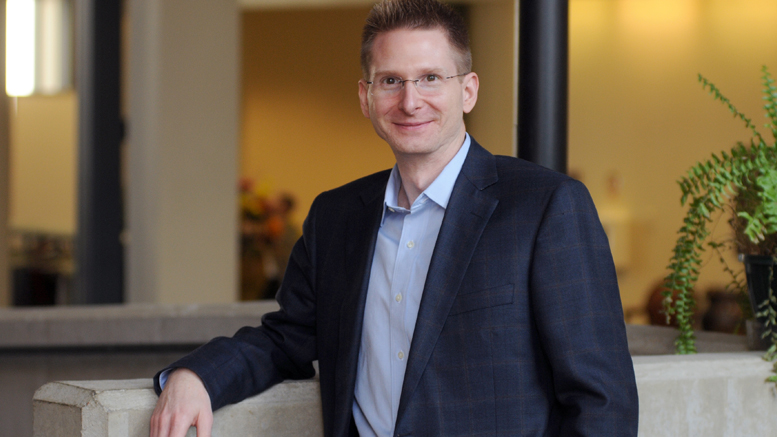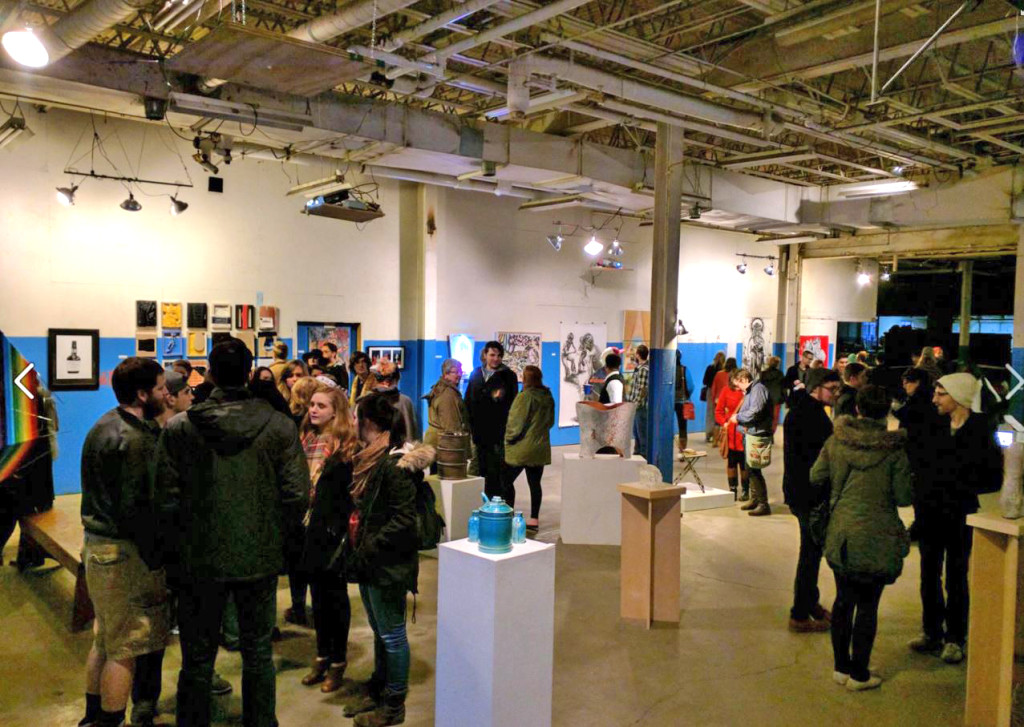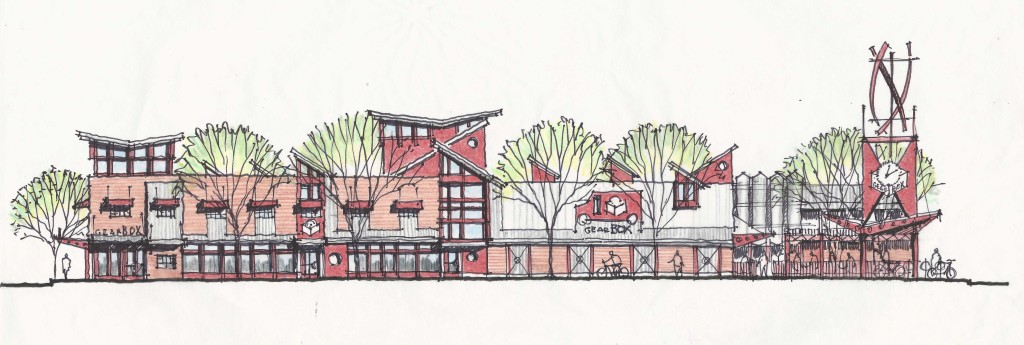By: Shawn Rogers for the Muncie Journal—
“Makers, and the art of making – whether we’re talking about art, science, manufacturing – are in Muncie’s DNA.”
It’s obvious that Michael Wolfe, Chief Technology Officer for Muncie’s largest technology firm, is enthusiastic about invention. From his office at Ontario Systems headquarters, he talks me through some of the details behind his collaboration with Sustainable Muncie Corporation’s latest project, a development on the east side of the city called Gearbox, where he hopes to bring inventors, engineers and techies together to create a culture that he sees enhancing the city’s downtown.
Gearbox resides in a site formerly owned by Cintas Uniforms, an 85,000 sq. ft. building that had been vacant for nearly four years before Sustainable Muncie Corporation – a non-profit for which Wolfe serves as president – bought it for community collaboration. Before the purchase, as the organization pieced together a vision for the space, Wolfe says those involved found themselves drawing inspiration from the Maker Movement: a do-it-yourself subculture of engineers, artists and programmers interested more in inventing new devices than repurposing old ones.
“Making, as a concept, is very compelling to me,” he says. “There are folks in our town who have designs on napkins for inventions from the industrial era that simply couldn’t be built at the time because of high barriers to production. With new technology, you can take those ideas off the napkin and put them in play. So we’re aiming to bring multiple generations together: one that built Muncie’s manufacturing infrastructure before its heyday, and others that are imagining new ways to bring inventions to life.”
Wolfe alludes to maker culture’s propensity toward electronic schematics, robots and CNC routers over programming and hacking. As synonymous with 3-D printing as they are metalworking, designing and crafting, ‘makers’ tend to lean into STEM subjects – science, technology, engineering and mathematics – as hard as they do art (which means the maker movement is commonly referred to today as STEAM).
So, as Sustainable Muncie considered applications for its new development, and prospects to contribute to a rebounding downtown, the team proposed the idea of a Maker District, where disparate disciplines from Muncie’s academic and commercial communities would co-exist, working together to usher in a new era of ingenuity and innovation for the city.
“The key to the building will be its culture,” Wolfe says. “Selecting tenants isn’t just about ‘hey, we want you to be here.’ It’s more about sharing, teaching and learning from one another. Those ideals and the ties to the community are what will help us retain successful enterprise as it grows here.”
The organization, under Wolfe’s leadership, founded the Gearbox project in the building, and selected academic tenants: a food hub initiative, digital fabrication lab and a robotics program. The first two had won academic excellence grants from Ball State, while the third got off the ground with Ball Brothers Foundation funding.
“The big question for prospective tenants is, ‘How do you work together with the other people in the building and the town?’ If the culture here isn’t of value to you as a tenant, then you’re probably not an awesome prospect for the building,” he explains.
Wolfe is quick to point out that the community will exist to enhance Muncie’s downtown, a goal he says Sustainable Muncie strives for in pursuit of a greater city overall. He cites Indianapolis as an example of a rebounding metro area that invested in its center of commerce to the betterment of its surrounding areas. It’s by passing through an area where mutual interest exists that he sees people solving problems and growing together.
Ask him about his roots among non-profits in Muncie and you can see that focus has existed all along.
“I started with a program called Farmished,” Wolfe explains, alluding to the former location of Franks Foundry, where the organization has worked to rehabilitate the land for urban farming. “In building Farmished, we met many in our local community with other big ideas for improving our town. It’s through that same community that the idea for Gearbox came about. Continuing those conversations can only lead to more, and better innovation right in our own backyard.”
As the building begins accepting commercial tenants to start moving in this summer, Wolfe comments that the project’s success depends on how well it inspires Munsonians to get involved with community-oriented projects. He says the short-term impact in bringing new business to the city’s East Side is secondary to its long-term potential.
“The big question is what happens when a child who can draw is exposed to a studio with supplies they’ve never seen before – Does that create an artist that never would have been otherwise? The same question can be asked of robotics,” Wolfe concludes. “We’re building a state-of-the-art place for our city’s young minds to realize their visions.”
“In this way, this project has significant long-term economic value for our community. It has amazing potential for entrepreneurs and their businesses. Which means it holds amazing potential for our citizens.”





